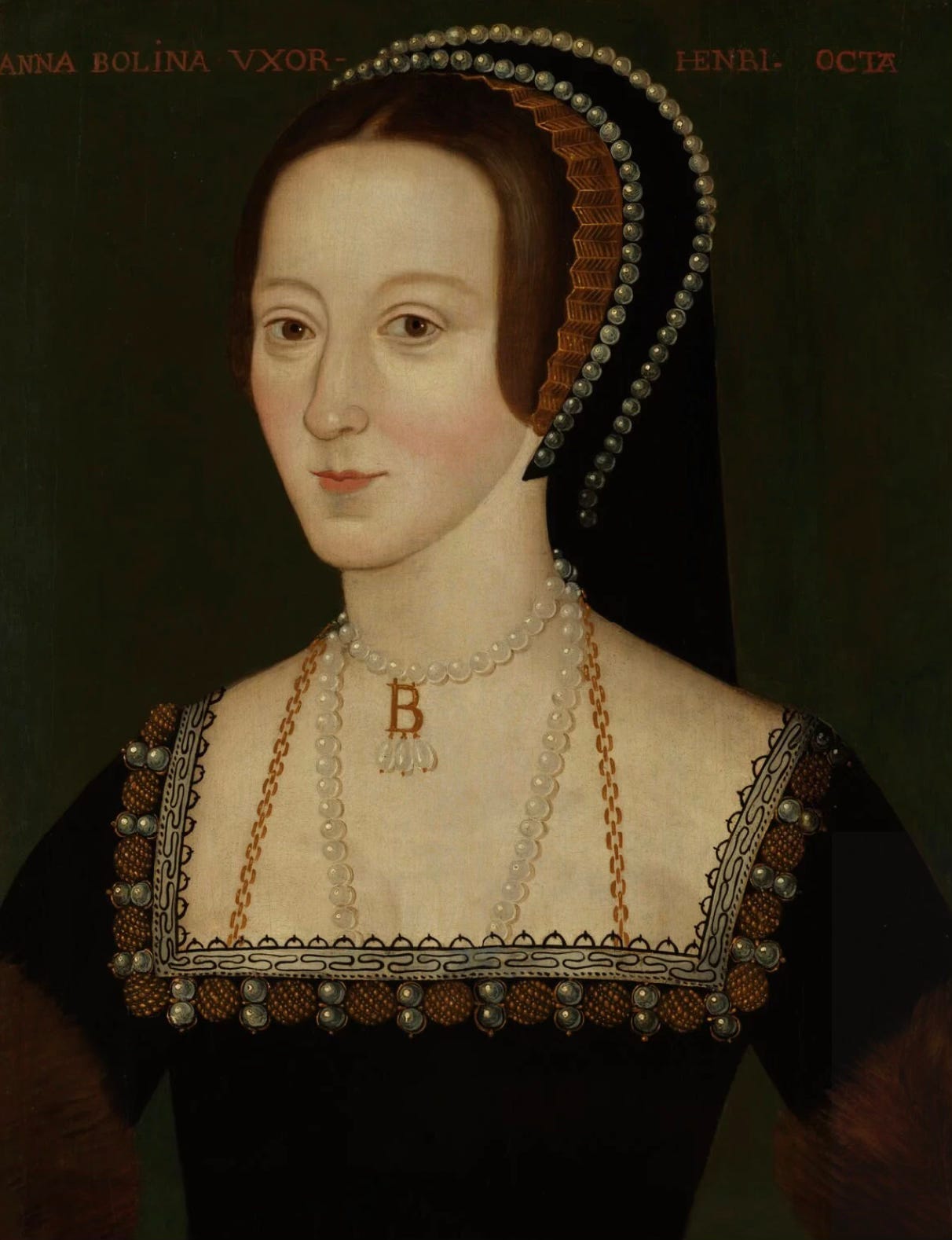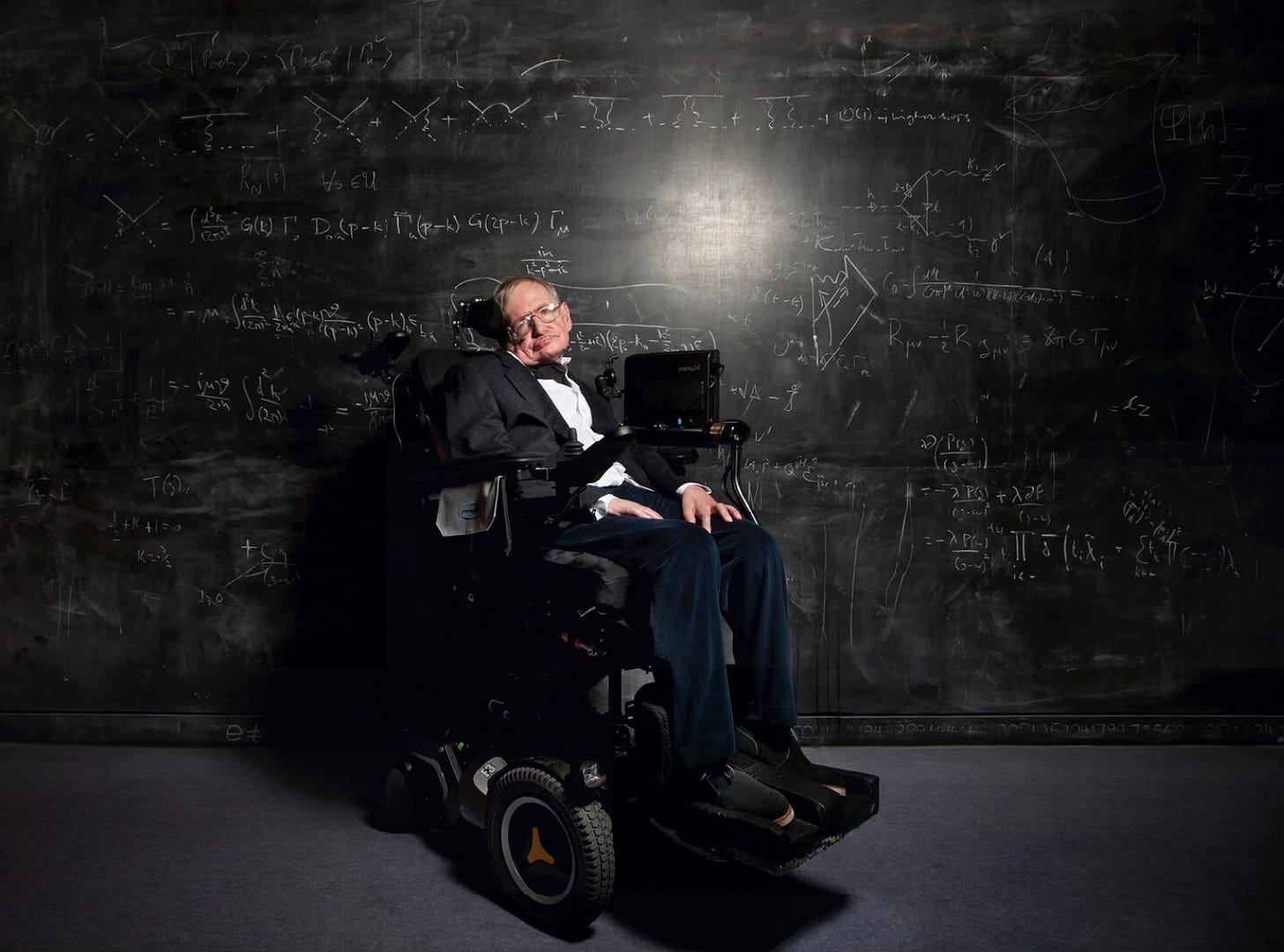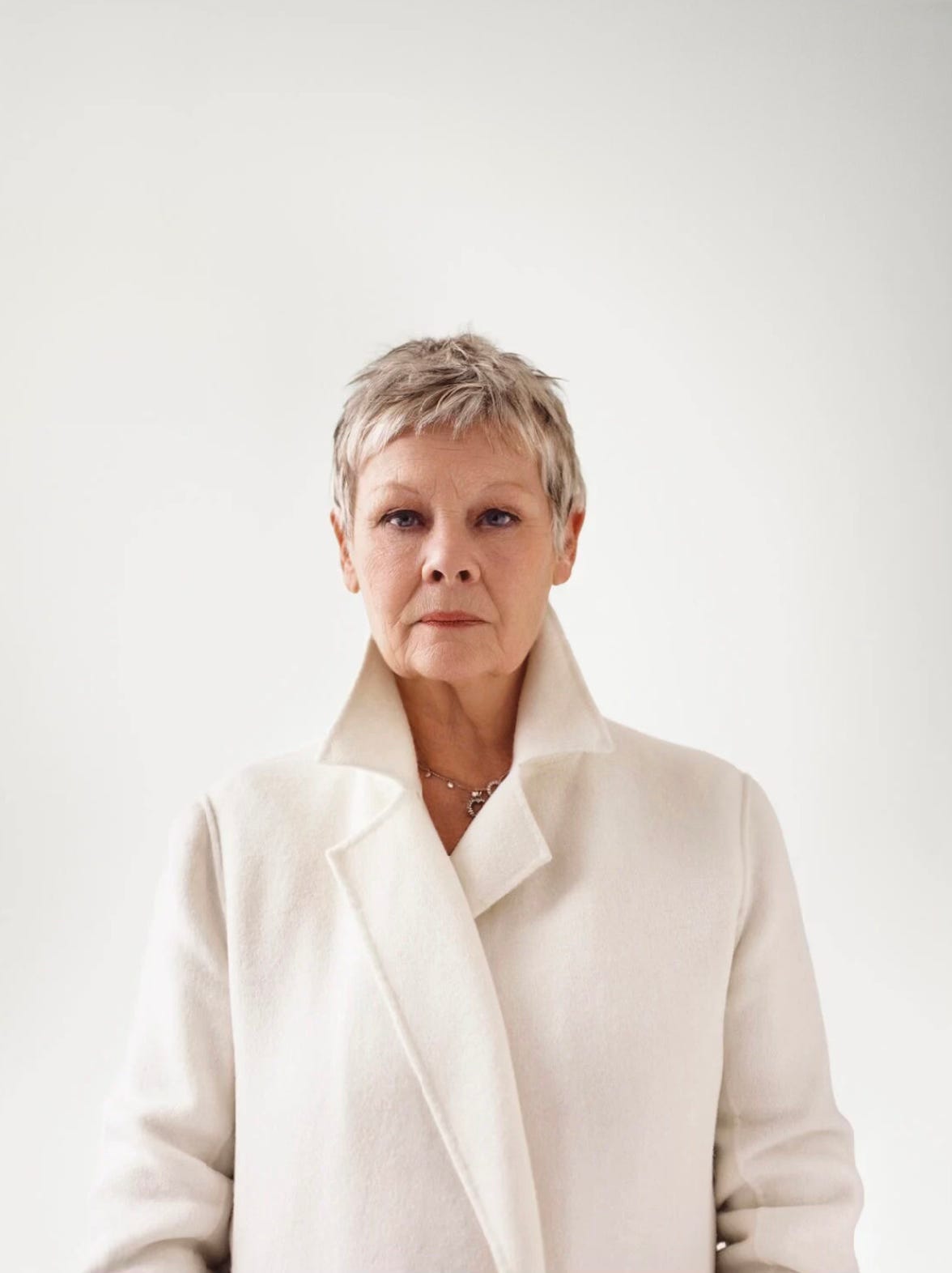For Josh's Students.
A quick speech to 50 American creative writing students at The National Portrait Gallery about how to look at the art in the collection? ...no problem 😬
I was recently asked to speak to 50 students visiting the UK from Brigham Young University, Idaho. Students of Professor Allen, aka my friend and colleague Josh of middle grade horror fame, they’re studying creative writing, and it took place at The National Portrait Gallery. As the ‘pictures’ half of our ‘words and pictures’ partnership, I was asked to say a few things that might help the students navigate and appreciate the gallery's works.
For various reasons I was unable to commit my talk to digital means prior to delivering it, so I spoke from the notebook it was written in - unusually, it had emerged from the pen almost completely fully-formed.
But I decided to capture it after the fact, since it was surprisingly well-received. Here’s what I said, with the pictures I referred to included. The students, by the way, were delightful!
I’m in illustrator, which means I help to make sense of our world with pictures.
Whether these images are to help explain, sell, narrate, embellish or contradict an idea, story, or concept, pictures are the oldest form of communication that we have.
Pictures can be soothing, They can protest; they can be a call to arms, or a plea for peace. Pictures can explain a hard, painful subject in one image, where 1000 words might fail to achieve the same. Pictures can celebrate, or they can condemn. We can use pictures to explore an idea, or with playfulness sap the power from a dangerous or threatening ideology or situation. (It may not always be safe or even sensible to do so, but do it we must.) This gallery holds examples of such artists.
The pictures in this gallery are of people, most created long before the selfie was invented. However a lot of these portraits are, of course, the OG selfies - the genesis of recording your best self for all of time. Those that could afford to do so hired painters to capture a ‘forever picture’ of themselves, one that would include all that the subject wanted future and contemporary viewers to see. These ‘symbols’ were usually of wealth and status, but would also include items that alluded to their job, role, their family members, their power and their aspirations.
Look for such clues as you go around. Do we do the same thing? That’s to think about as you browse.
In a sense, this entire gallery is a collection of vintage social media profiles. These subjects were usually able to choose the moment and time of their capture; the light, their clothes, their ‘best side’ - just as we do. It’s just that they couldn’t take ten different versions to get it right!
Look in particular for Anne Boleyn with her radical-looking pearl-hung ‘B’ necklace - very noughties, certainly surprisingly contemporary looking to our eyes - and her famously dark eyes and pale skin.
Look too for Queen Elizabeth the First. Her large, quite literally drama-queen portrait is a veritable wordsearch of symbolism - and check out the filter-like stormy sky rumbling behind her. This clearly would not have been there as the artist worked - so the artist added it in production, just as we might choose a filter or add a little Photoshopping today (she’s also standing on the world, making this more of an illustration than a portrait, perhaps?)
Speaking of skies, other portraits that spring to mind are those of Stephen Hawking, all of whose portraits - whether photographic or painted - cannot seem to sit still, his face angled, the tools of his trade present in some, in others the universe is all in his eyes. Conversely, check out the 2008 portrait of Judi Dench - no props, just beautifully simple and direct, face-on, perhaps mildly stern, a canvas waiting for her next role. I can hear her voice.
And while you are here, the Face Magazine, literally ‘the face’ of design and music culture in the 80s and terrifically influential in shaking up the publishing world alongside the likes of Raygun and Emigre, is explored in an exhibition on now. If you want less ruff and more corset, look for Madonna there.
The Face of course is a brilliant example of what happens when you put text and pictures together. The pictures in the gallery have captions, which don’t always feel necessary - but don’t we caption our posts, too, to make sure our image is correctly interpreted?
As you know, as a writer and artist team our work (I gesticulate to Josh here!) completes that of the other. It is true, however, that Josh’s writing could exist happily without my pictures. But with them, ambiguous or hidden corners of his stories can be illuminated and whatever is in them revealed…or conversely, disguised, held back, so that the reader might visualise them entirely for himself.
Something to think about as you wander around is the power of AI to re-create the people shown here as if they were alive, since a great many are not. We now have the technology to build a ‘real’ synthesised version of any of the people in these portraits (even the really boring ones of a horse, should we wish to*). With startling accuracy, we can even make these people talk and move.
But would we want to? Should we? In every brush stroke and carefully-composed corner of a photograph there is a human-made decision, born of a hundred pieces of data and inputs that neither artist nor sitter may be aware of, over and above the visual. There will be a smell - the suphur-y one of an exploded 60s flashbulb, the fusty one we can never know of a garment worn at a time when washing was done every few months; an oil paint. There will be a temperature - a cold artist’s studio, the heat from the lights. The sound of a rustling fabric, the conversation that’s happening, the tension between sitter and subject - even tiredness, thirst, the weather, illness, a rumbling belly, a sorrowful or triumphant event the week before. Nothing we can yet model with technology can truly mimic the process.
Essentially, therefore, this entire building is a monument not to the portraits, nor even really to the people within them, but to the human ability to capture what it is to be alive, with all of the love, pain, confusion, grief and joy that that brings. Enjoy seeing it all, on the myriad faces looking out at you from these walls.
*On Josh and I’s last meeting, we stood for too long discussing just how boring a particular horse picture was, and puzzling over why anyone would want it. Unless you were an absolute horse fiend of course. 🐎
Write Me A Picture is a reader-supported publication. Consider becoming a free or paid subscriber, to support my work! (still totally optional.)










